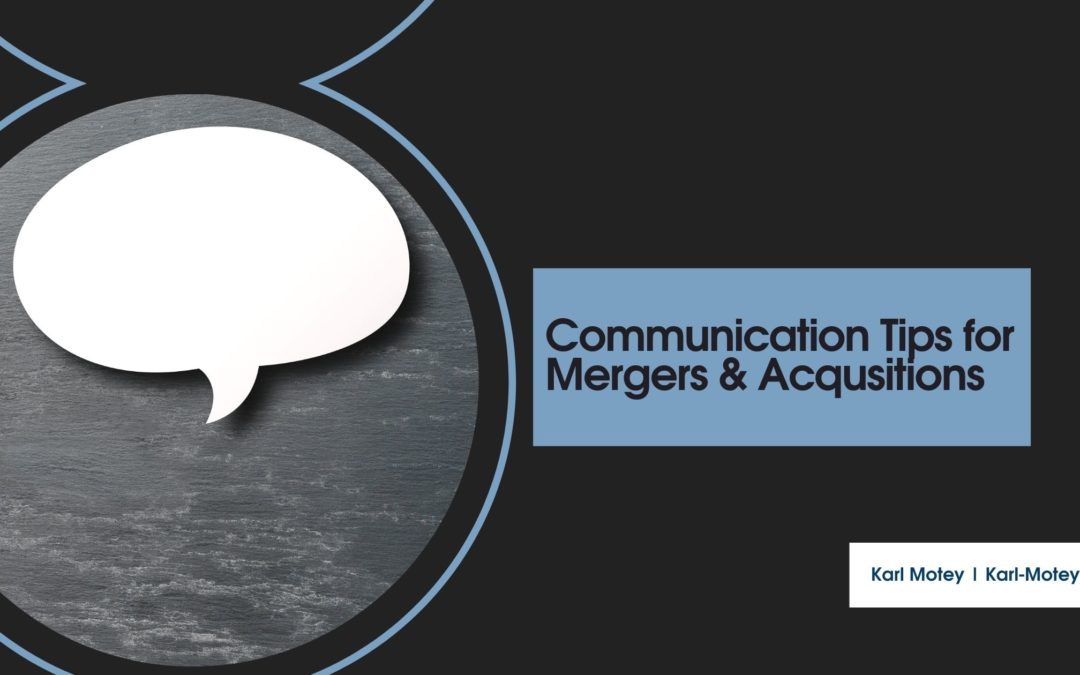Communication is an oft-overlooked part of the business process. Yet, it plays a role in nearly every aspect of running and operating a business – including mergers and acquisitions. Those specializing in mergers and acquisitions typically have a strong communications strategy planned out ahead of time and for a good reason.
Good communication is critical for each step in the merger process, from the beginning stages to well after everything has been finalized. Believe it or not, failure to communicate with potential customers can (and will) result in a merger or acquisition failing before it even begins.
Clear Lines of Communication
Communication stops when one party doesn’t know how to reach out to the other. Naturally, the best way to counter this issue is by having clear lines of communication. Ensure that potential partners know who to reach out to – and how.
More than that, one should feel comfortable reaching out regularly. This can help smooth out any issues before they hit the breaking point. Ultimately, little steps such as this will increase the odds of success.
Prepare
While it may not be possible to anticipate every question that might arise, one should strive to develop as many potential questions (and answers) as possible. Once again, this will help to smooth out the process. This has the added benefit of creating a professional impression, as one will look fully prepared to negotiate and explain.
Remember the Employees
People often forget that the ones most affected by mergers and acquisitions are the employees. As such, it is a huge mistake to overlook their role in this process. It is essential to communicate with them throughout the entire process.
Communication should involve transparency about what is happening and the willingness to address employee anxiety directly. Ignoring this can drop morale and create a higher risk of employees leaving the company for other opportunities.
After the Merger
Communication should not stop once the merger is complete. Now is the time to perfect communication within the new (and larger) company. Employees will need help adjusting to all of the recent changes.
Companies should make a point of recognizing desired behaviors at this point while striving to suppress any rumors stemming from the merger. Finally, don’t forget to reiterate the company goals.
